I want Live Simply Natural to be a resource to help you feel empowered when making food choices, so I’m breaking down everything you need to know with the most common whole food ingredients. Today I’m sharing one of my springtime favorites – ASPARAGUS!
Produce Guide: Asparagus
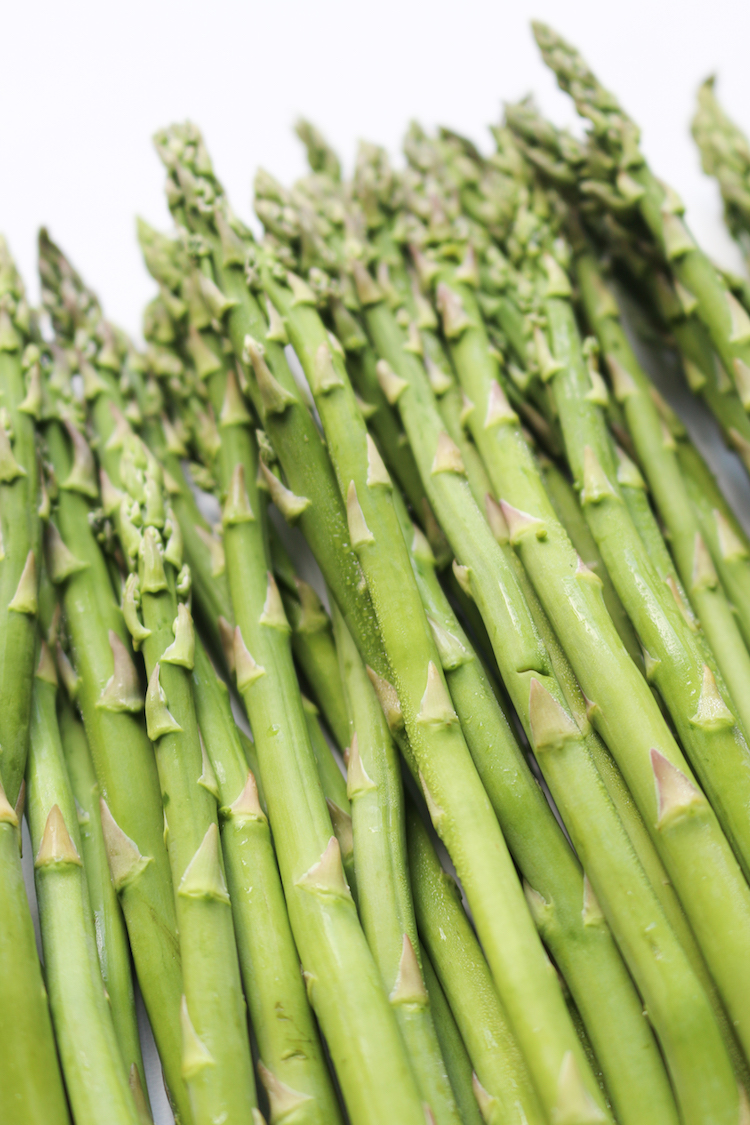
Asparagus comes in all sizes, from slim, pencil-width stalks to big fat ones as thick as your thumb, you can choose bright green stalks, mild white stalks (which are grown underground to prevent chlorophyll development), or any one of the purple varieties. Asparagus can take 3–4 years, to grow to an edible length, making asparagus something of a luxury vegetable. They are delicious puréed in creamy soups, baked or steamed until crisp-tender, or simply pan-seared with salt and pepper.
-
HEALTH BENEFITS
Asparagus, It’s one of the most nutritionally balanced plant-derived foods. Low in fat, cholesterol, and sodium, asparagus also has vitamin A (also known as retinol because it produces pigments in the retina), E (has strong antioxidant properties, meaning it reduces oxidative damage caused by oxygen, which can harm human tissue, cells, and organs), and K (which helps your blood clot), magnesium, zinc, and selenium, as well as fiber, thiamin, riboflavin, niacin, vitamin B6, iron, copper, and manganese.
NUTRIENT BREAKDOWN OF ASPARAGUS
*per 1 cup raw asparagus, 134g (Source)
- Fiber | 2.8 g (11% DV)
- Protein | 2.9 g (6% DV)
- Carbohydrates | 5.3 g (2% DV)
- Vitamin C | 7.5 mg (13% DV)
- Vitamin A | 1013 IU (28% DV)
- Vitamin K | 55.7 mcg (70% DV)
- Folate | 69.7 mcg (17% DV)
- Magnesium | 18.8 mg (5% DV)
- Potassium | 271 g (8 % DV)
- Calcium | 32.2 mg (3 % DV)
- Iron | 2.9 mg (16% DV)

-
HOW TO BUY
When selecting asparagus, you should always look for the same things: firm, crisp stalks with tight, fully closed budding tips. Thicker asparagus results from a later harvest and can be bitter and woody. Wrinkly, limp stalks mean the asparagus has been sitting on the shelf for too long. Your best bet for good asparagus is at a local farmers’ market or direct from a farm. Often the asparagus you get in supermarkets, even during peak season, has been out of the earth for far too long to really let its flavor shine.
-
HOW TO STORE
Treat asparagus like fresh flowers— placing the trimmed ends into a cup of water with the stalks standing straight up, then loosely covering the tips with a plastic bag to prevent evaporation. Then set the whole thing in the fridge. Since asparagus flavor dramatically diminishes over time, so the sooner you get it in the pan and into your belly, the better.
-
HOW TO PREPARE
Depending on its age, the bottom part of a stalk of asparagus can get unpleasantly woody or fibrous, and usually needs to be trimmed. Holding the asparagus from the middle and the cut end and gently bending the stalk will determine its natural snapping point—that’s where you’ll want to snap or chop off the stem.
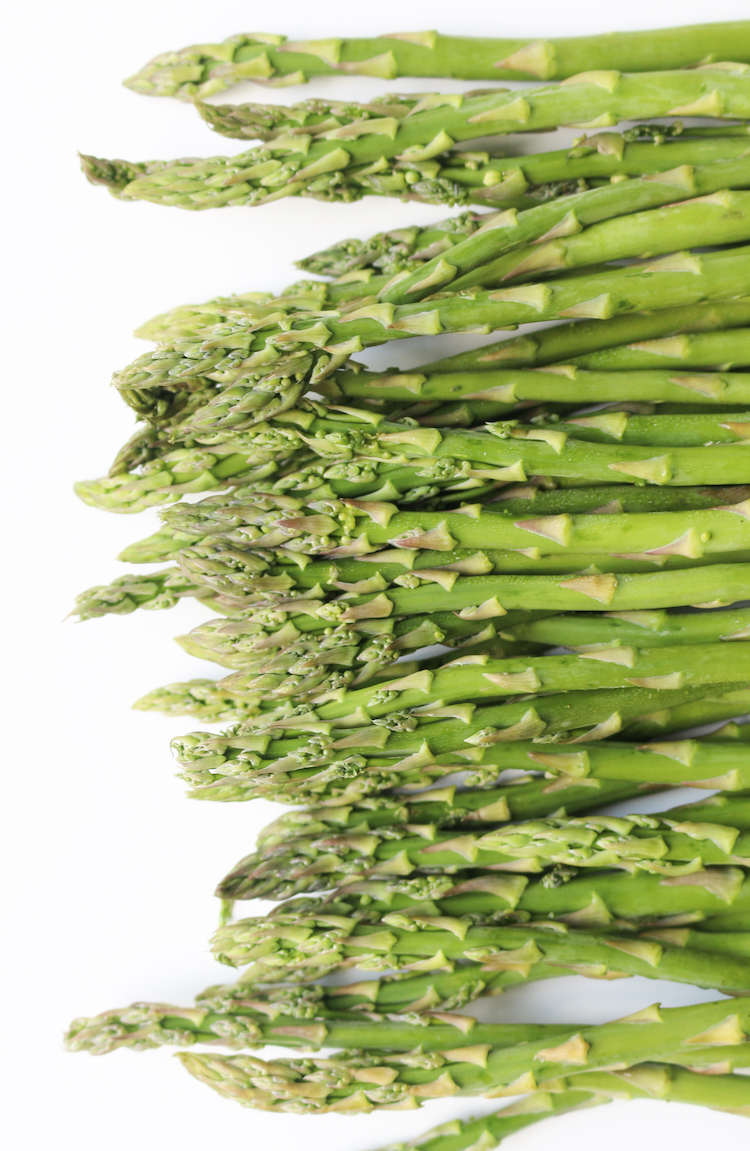
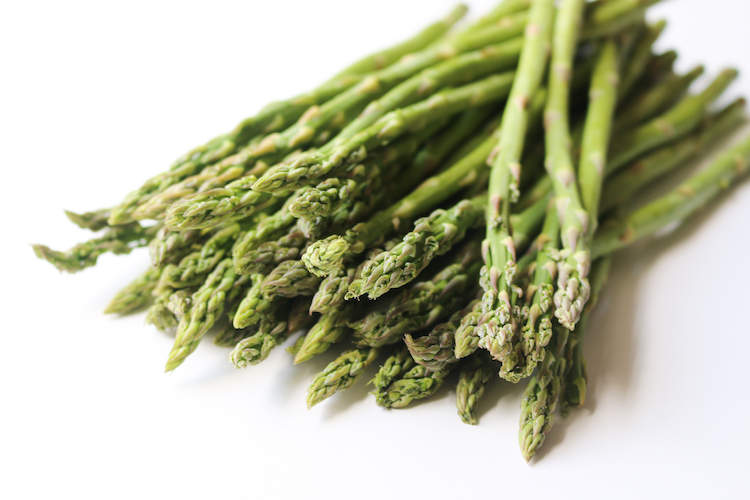
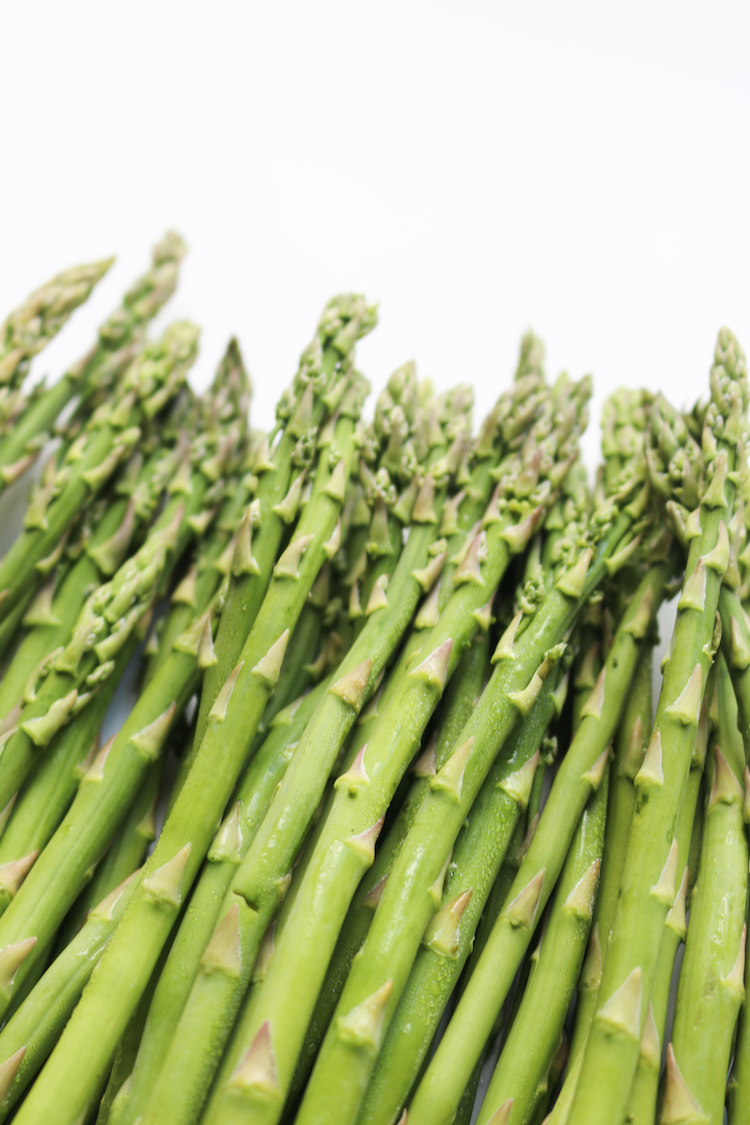
Asparagus Recipes
Looking for an asparagus recipe? Check out our favorites here!
WHAT’S YOUR FAV?
What ingredient do you guys want to learn more about? And if you have a favorite way to eat asparagus, tag @livesimplynatural or #livesimplynatural so the LSN community can get inspired by your dish too :)
Hugs,




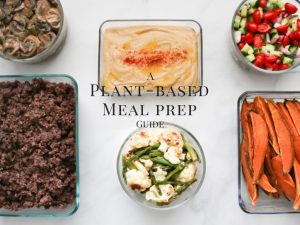
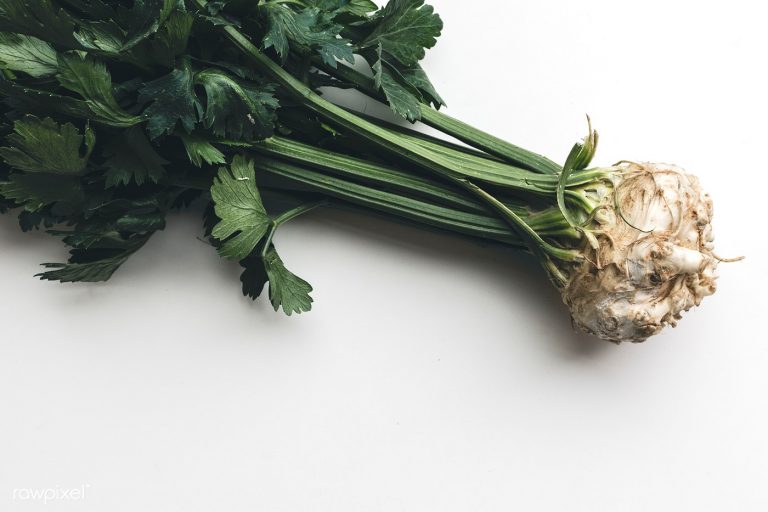

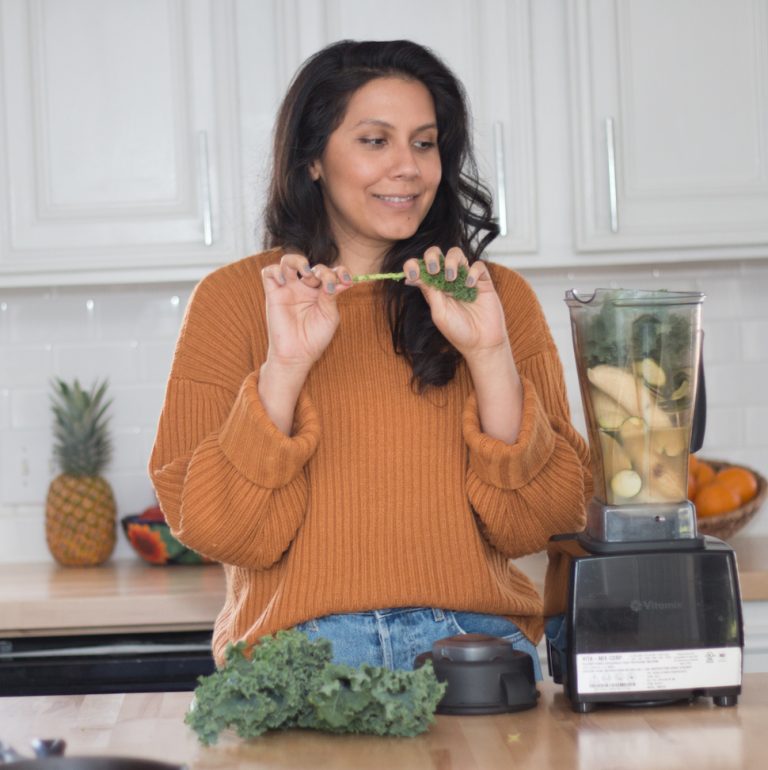
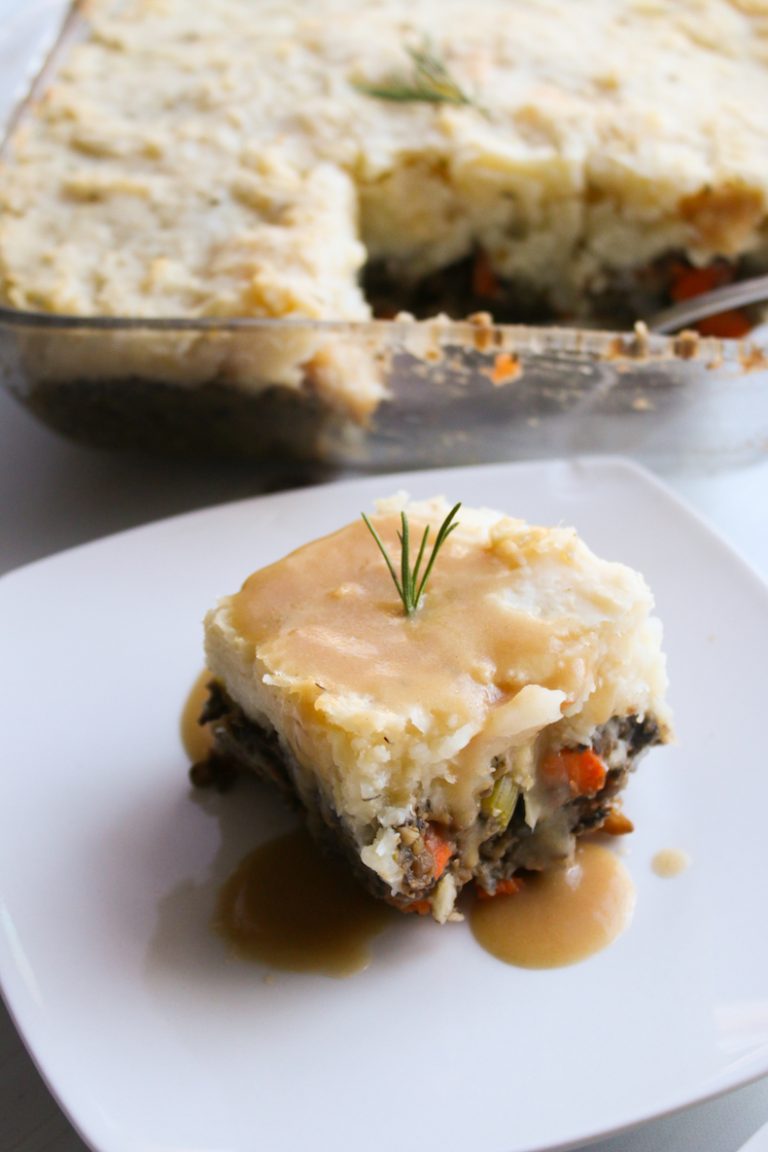
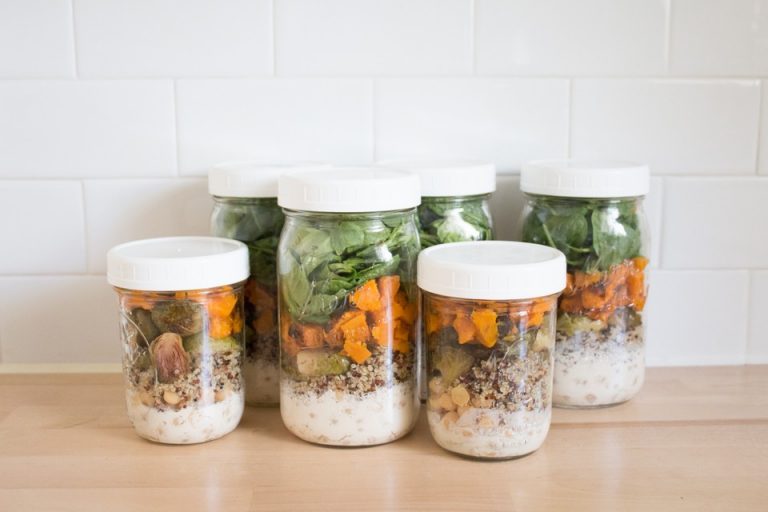


One Comment